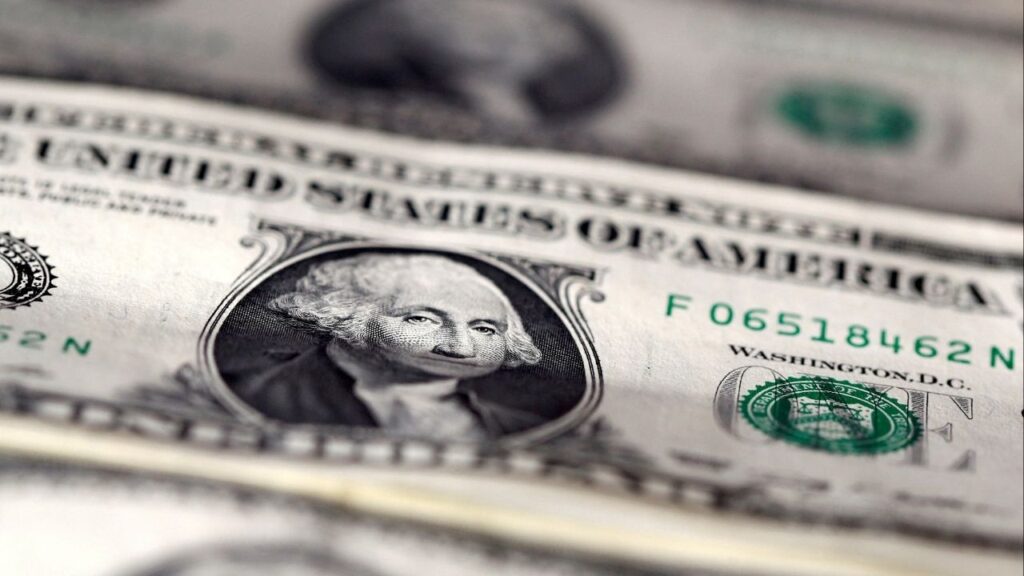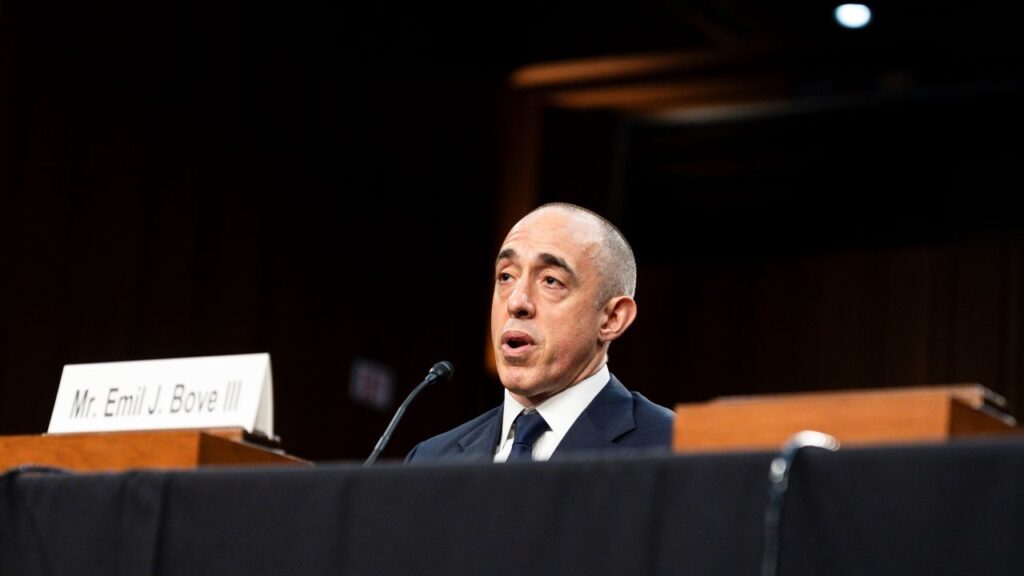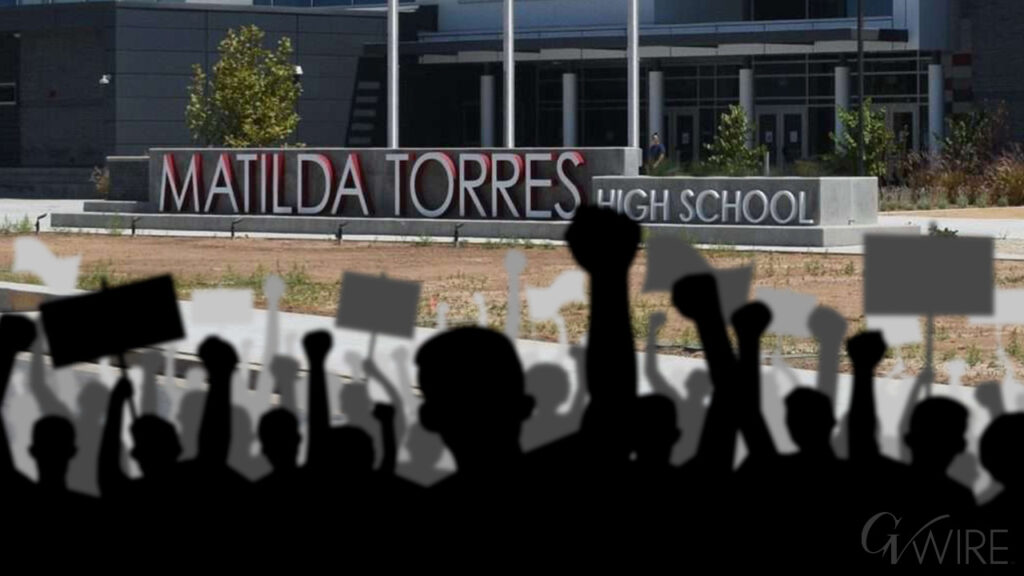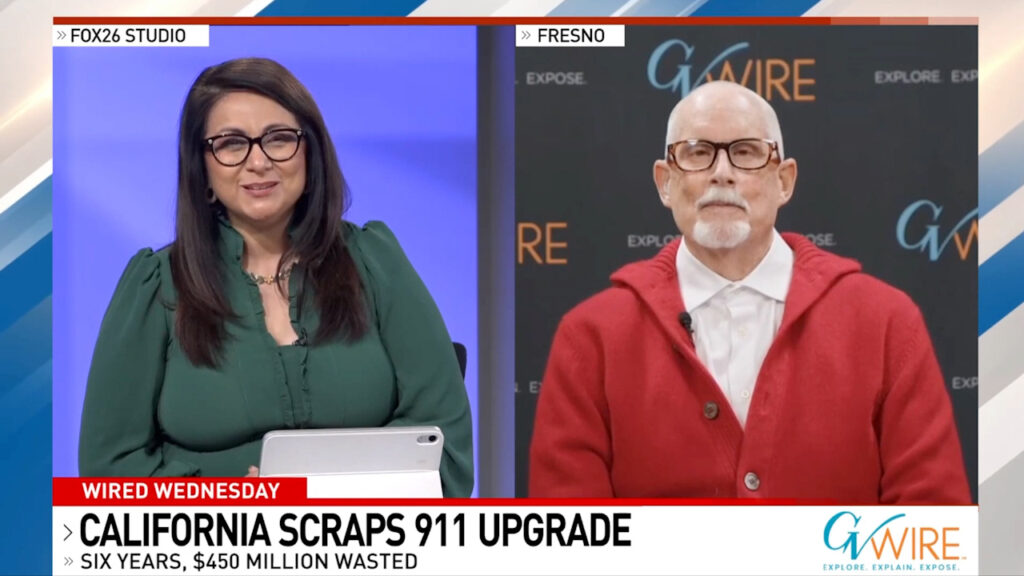Inflation gauge rises as Trump's tariff threats loom, potentially pushing prices higher in coming months. (AP/David Zalubowski)

- Consumer prices rose 2.6% in December from a year earlier, marking the third straight increase.
- Fed officials paused interest rate cuts as inflation remains above their 2% target for the past six months.
- Consumer spending rose 0.7% in December, fueled by wage gains and higher stock prices and home values.
Share
WASHINGTON — An inflation gauge closely watched by the Federal Reserve rose slightly last month, while some underlying prices pressures showed signs of easing.
The latest inflation figures arrive as President Donald Trump has threatened to impose big import taxes on goods from Canada and Mexico, potentially affecting everything from autos to avocados, which could push prices higher in the coming months.
Friday’s report from the Commerce Department showed that consumer prices rose 2.6% in December from a year earlier, up from a 2.4% annual pace in November and the third straight increase. Excluding the volatile food and energy categories, core prices increased 2.8% compared with a year ago, the same as in November and October.
Related Story: Stock Market Today: Apple Leads as Wall Street Shaves Off Nearly All Its Loss ...
Positive Signs in Inflation Report
There were some positive signs in Wednesday’s report, however. When measured in shorter time frames, inflation is slowing: In December, core prices ticked up 0.2% from the previous month, a pace that is nearly consistent with the Fed’s annual target. Economists — and Fed officials — pay close attention to core prices because they provide a better read on where inflation is headed.
The figures arrive just two days after Federal Reserve officials, led by Chair Jerome Powell, decided to pause their interest rate cuts in part because inflation has largely been stuck at about 2.5%, above their 2% target, for the past six months.
In the past three months, core prices have risen at an annual rate of just 2.2%, down from 2.6% in November.
Potential Impact of Tariffs on Inflation
Many businesses raise prices at the start of the year, which could push up inflation a bit when January’s figures are released next month. But the Fed’s preferred gauge should decline steadily in the next few months, economists say, as higher inflation readings early last year fall out of the year-over-year figures.
“Beyond that, however, the growing risk that Trump will impose tariffs a little earlier than we are assuming presents an upside risk to inflation,” Paul Ashworth, chief North America economist at Capital Economics, a forecasting firm, said in a written note.
Overall inflation climbed 0.3% in December from the previous month, driven higher by a jump in gas prices. Monthly increases at that level, if they continued, would exceed the Fed’s target.
Related Story: US Economy Grows 2.3% in October-December on Eve of Trump Return to White House
Consumer Spending and Income
The Commerce Department’s report also showed consumer spending rose a healthy 0.7% in December from the previous month, fueled in part by steady wage gains and higher stock prices and home values. Incomes rose 0.4%, the government said. With spending outpacing incomes, the savings rate fell to 3.8% from 4.1%.
Americans specifically ramped up spending on goods, such as electronics and furniture, likely a sign that consumers are buying more manufactured products, many of which are imported, before the potential imposition of tariffs that Trump has threatened to implement.
Underlying trends point to lower inflation ahead. Apartment rental prices and other housing costs are slowly moderating. And a sluggish labor market has meant wage growth has slipped, which means companies are under less pressure to raise prices to offset higher labor costs.
“We seem to be set up for further progress,” Powell said Wednesday at a news conference, referring to inflation. “But being ‘seem to set up for’ it is one thing, having it is another. So we’re going to want to see further progress on inflation.”
Until then, Powell suggested, the Fed is likely to keep its key rate at about 4.3%, down a full percentage point from a two-decade peak last year before three cuts at the end of 2024. The Fed expects higher borrowing costs will weigh on spending and bring inflation down further.
Consumers, meanwhile, powered strong growth in the final three months of last year, when the economy expanded at a solid 2.3% annual rate. Growth was stronger in the July-September quarter, at 3.1%, but the fourth-quarter expansion was held back by a sharp reduction in business inventories, which should reverse in coming quarters.
RELATED TOPICS:
Categories

Fresno Train-Vehicle Collision Causes Traffic Disruptions

US Dollar Tumbles After Fed Cuts Rates, Powell Comments

















